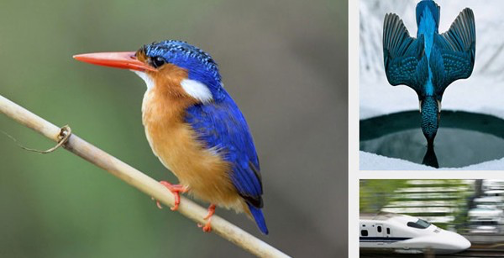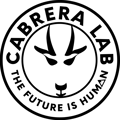Biomimicry
Adapted from the article originally written by Tim Thompson
for the Cabrera's Cornell University, System Thinking in Public Affairs Course
Executive Summary
The leading theorist in the field and creator of the term “Biomimicry”, Jenine Benyus, describes biomimicry as “an emerging discipline that emulates nature’s designs and processes to create a healthier, more sustainable planet.” [1]. Essentially, Biomimicry is the process of imitating elements of life in nature to lessen global challenges. A common example are airplanes. Airplanes are modeled after birds and often used to transport people and goods.
The driving theory is that nature has already devised a solution for many of the issues that we face. For instance, it has been used to yield improvements in energy, medicine, and transportation.
Core Principles [2]
- Ethos – Deep desire to fit on Earth
- Re)connect – Discovery of life’s Genius
- Emulate – Well adapted Design
See https://synapse.bio/blog//essential-elements-of- biomimicry detailed explanation
Application
Traveling at 200 miles per hour, the Japanese Shinkansen 500 bullet train was considered to be the fastest train in the world. However, due to its combination of high speed and exterior design, the train produced loud thunder claps that could be heard within a one-quarter mile radius. The trains chief engineer Eiji Nakatsu, turned to nature to identify something that travels swiftly and efficiently [3]. Doing so, he highlighted the Kingfisher birds as a creature that could quickly dive into water after prey and make little to no splash. As a result, Eiji, remodeled the front of the train after the beak of the Kingfisher which resulted less noise, less electric usage, and 10% increase in speed.

Example. Kingfisher birds and Shinkansen 500 bullet train
Strengths [4]
-
Sustainability – Incorporating life-friendly materials and processes
-
Save Energy – Organizing efficient designs and systems
-
Cut Costs – Maximizing the effectiveness of patterns and forms
-
Drive Revenue – Attracting customers who value innovation and sustainability
Weaknesses [5]
-
All-terrain war technology – Developing war technology that adapts to nature’s elements.
References and Seminal Work
- The Biomimicry Institute (2019) What is Biomimicry. Retrieved from http://www.biomimicry.org
- Rovalo, Erin (2017, November 16) Synapse Spark Biomimicry Ideas. Retrieved from https://synapse.bio/blog//essential-elements-of- biomimicry
- The Biomimicry Institute (2019) Biomimicry Retrieved from http://www.biomimicry.org
- Biomimicry (n.d.) benefits of Retrieved from https://www.biomimicrysa.co.za/benefits-of- biomimicry
- Biomimetics (n.d.) what is biomimicry?. Retrieved from https://sbhsbiomimetics.wordpress.com/pros-cons/
- Kennedy et al (2015 July 2) Biomimicry: A Path to Sustainable Innovation. Retrieved from https://www.mitpressjournals.org/doi/abs/10.1162/D ESI_a_00339
